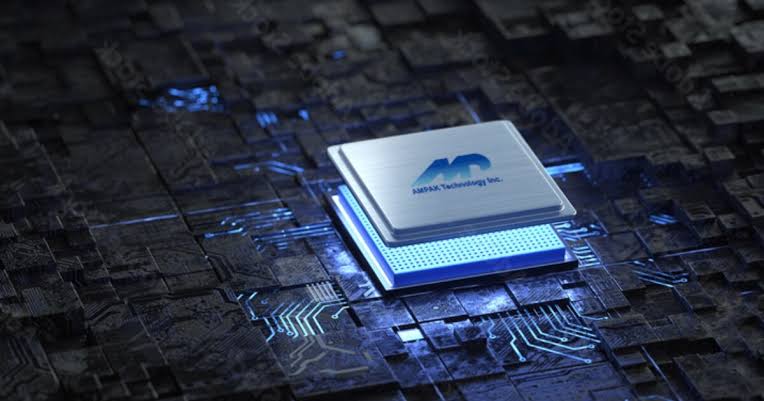The Evolution of Washing Machines: A Brief Overview

Table of Contents
Introduction:
Washing machines have become an indispensable part of modern households, revolutionizing the way we approach laundry chores. This article delves into the evolution of washing machines, tracing their journey from rudimentary devices to the sophisticated appliances we use today.
1. Early Beginnings:
The concept of mechanical washing dates back centuries, with early manual washers requiring considerable physical effort. These devices, often operated by hand-cranking, laid the foundation for the automated washing machines we know today.
2. Electric Washing Machines:
The advent of electricity in the late 19th century paved the way for electric-powered washing machines. These machines were more efficient and less labor-intensive than their manual counterparts, featuring agitators or revolving drums to clean clothes.
3. Automatic Washing Machines:
The mid-20th century witnessed a significant leap with the introduction of automatic washing machines. These appliances incorporated advanced features such as automatic timers, allowing users to set wash cycles. Front-loading and top-loading configurations became prevalent, catering to diverse consumer preferences.
4. Digital Advancements:
As technology advanced, washing machines embraced digital innovations. Electronic controls, LED displays, and programmable settings provided users with greater control and convenience. Additionally, the integration of sensors enabled machines to optimize water usage and adapt to varying load sizes.
5. Energy Efficiency and Environmental Considerations:
In recent years, there has been a growing emphasis on energy efficiency and environmental sustainability. Washing machine manufacturers have responded by developing models with higher energy ratings, reduced water consumption, and eco-friendly materials, aligning with global efforts to promote greener living.
6. Smart Washing Machines:
The 21st century ushered in the era of smart home appliances, and washing machines were no exception. Smart washing machines are equipped with connectivity features, allowing users to control and monitor their devices remotely through mobile apps. This not only enhances convenience but also contributes to energy conservation by enabling users to optimize usage based on utility rates.
7. Innovations in Cleaning Technology:
Advancements in cleaning technology, such as steam cleaning and advanced stain removal features, have further elevated the performance of washing machines. These innovations ensure a more thorough and efficient cleaning process, meeting the demands of modern lifestyles.
Conclusion:
From humble hand-cranked devices to smart, energy-efficient appliances, the evolution of washing machines reflects the ongoing quest for convenience, efficiency, and sustainability. As we celebrate the one-year anniversary of this article, it’s worth acknowledging the strides made in washing machine technology and anticipating the exciting developments that lie ahead in the realm of household appliances.






